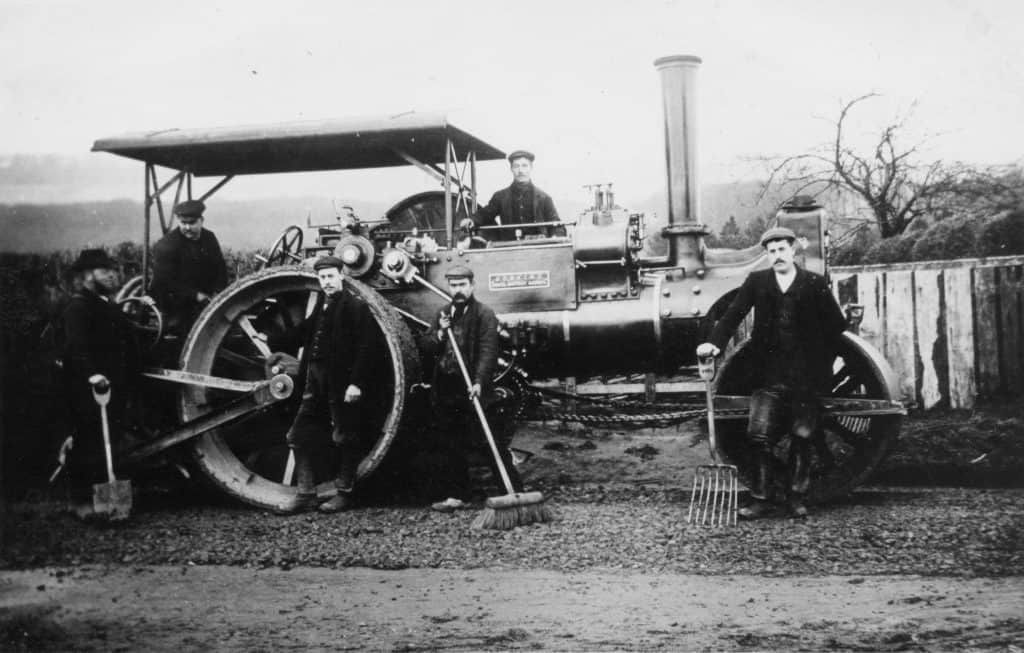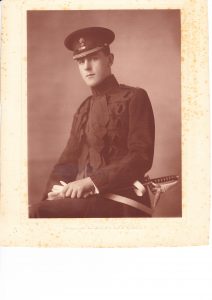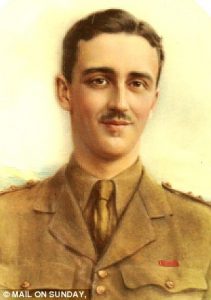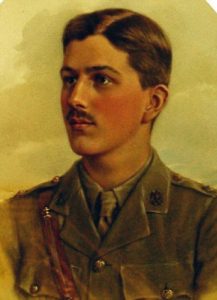
In 1914 landed estates surrounded Dorking and the villages. Their mansions, grounds and farms employed huge numbers inside (including butlers, cooks and maids), and out (labourers, gardeners, chauffeurs, stablemen and gamekeepers). Denbies, with its own school, church and fire brigade, was almost a village. These estates were changed forever by the war.
The uncertainties of war hit investment incomes and families made economies. The internal staff at Anstie Grange near Coldharbour was reduced from over 20 to three on the outbreak of war. There was a similar reduction in outdoor staff.
Male labour was diverted into enlistment, conscription and work of national importance; women left domestic service for employment in work previously done by men. Owners could no longer rely on scores of low paid workers. Rooms were closed and gardens left untended; some country homes were closed up, their owners remaining in their London homes.

Many were put to new wartime uses. The Surrey Red Cross ran hospitals at Polesden Lacey and Anstie Grange, and smaller convalescent homes.
By the end of the war the mansions had been neglected. Most reverted to family use, but the great houses were in decline. Many who had experienced other work during the war never went back to domestic service. Younger sons or cousins came into properties they had never expected to inherit. Other families found themselves with no heirs left.
Many of the large estates surrounding Dorking were auctioned in lots in the post war years, more valuable as building land for housing than as family residences.
Decline of Deepdene

Before the war Deepdene had been the scene of glittering social gatherings. Occupied by the Dowager Duchess of Marlborough until her death in 1909, regular guests included the Prince of Wales and Lily’s nephew, the young Winston Churchill.
It never returned to residential use after the war. In the 1920s its lands were sold off and it became a hotel, catering to the thousands who would come down to the Surrey Hills with the advent of mass tourism in the 1920s.
Denbies
Lord Ashcombe of Denbies lost his three eldest sons to the war, leaving his fourth son, Roland, to inherit the title and estate. In the stratified society of pre-war Britain, the sons of the well-to-do would usually have become officers, and young officers suffered the highest casualty rates.
Jayes Park

Henry Lee-Steere of Jayes Park, Ockley, with his father and young son, John.

Lieutenant John Henry Lee-Steere was 19 when he was killed near Ypres after having been at the front only two weeks in November 1914. He was the Lee-Steere’s only child. The Lee-Steere family lent Dorking Museum many photos, letters and John Lee-Steere’s diary for the Dorking in 1914 exhibition. They can be seen here.
Nower Lodge

Captain Barclay fitted Nower Lodge out for use as Dorking’s Hospital Supply Depot. Bandages and dressings for field hospitals were produced in its work rooms. Laundries at Wigmore, Abinger Hall and Denbies did its washing.
The women pictured raised funds to support the Depot’s activities by running a Waste Paper Supply depot, recycling used paper. Many of the women pictured had been former women’s suffrage supporters.




